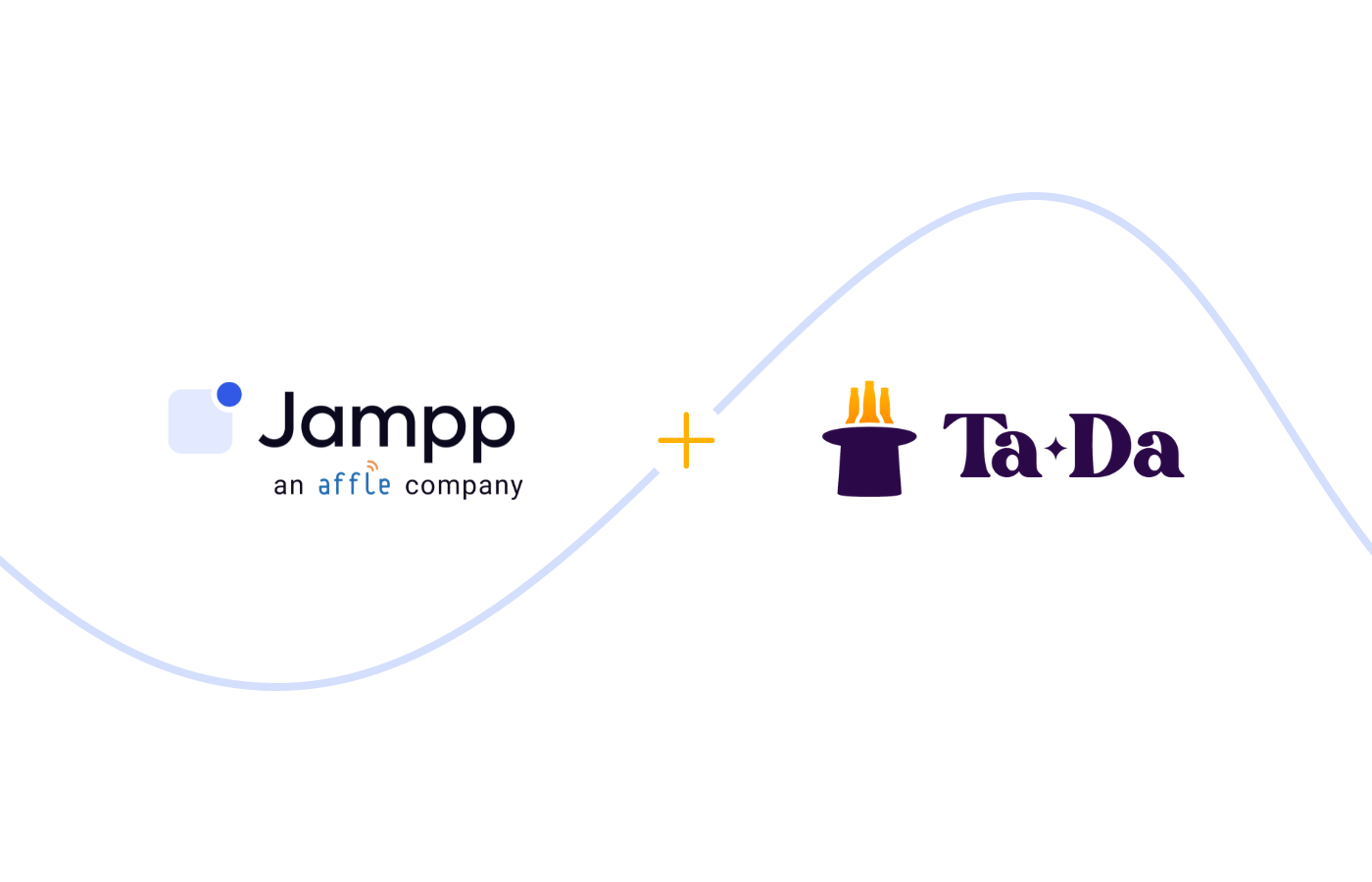The 10 commandments of app retargeting
The only way to achieve a sustainable App Marketing Strategy is to combine App User Acquisition with Retargeting in a systematic and…
Jampp Team
June 19, 2015

The only way to achieve a sustainable App Marketing Strategy is to combine App User Acquisition with Retargeting in a systematic and tactical way.
- Thou App Shall Not Suck. We’ve said it before and we’ll say it again. App marketing works wonders, but only if your app works too. It’s not just about the “concept”, it’s about “execution” as well. A promising app might get installed, but it will only be used and re-used if it has a brilliant User Experience (UX).
- Don’t Jump the Gun. We’ll keep it short and simple: to make the most of your re-engagement efforts you should have at least 50 000 users per market before you launch a retargeting campaign. Since you will be segmenting your user base into smaller sub-groups, you need to make sure each sub-group has enough users to make a difference.
That being said… - Consider RTGT from the Get-Go — Databases aren’t built in a Day. Re-engagement strategies require a rich user database. No database means no way to know who to re-engage and how. It’s important to identify your Key Performance Indicators (KPIs), create your event funnel and start aligning your collected data to the correct device IDs from the very beginning.
- Understand Thy Users. User experience is vital. It’s important to understand that the customer journey has changed. App usage is characterized by immediacy and relevancy. Apps are used in micro-moments; onboarding, in-app actions and notifications need to be adjusted accordingly. Use app data to understand what’s working and what’s not, and make sure to share your organic user IDs with you RTGT Supplier. This way you’ll maximize Retargeting’s reach and potential to enhance the user experience.
- Seg-men-tation. Simply put, a segment is a group of users who share common in-app behaviors. Why is this important? Mobile is all about personalization, “organizing” your users according to their in-app behavior allows you to customize ads and offers to specific behaviors/behavioral trends. For example, if you have an m-commerce app you could create a segment of engaged users who have “made a purchase in the last 10 days” and a segment of unengaged users who haven’t opened the app in X days, or have added items to cart but haven’t checked-out.
- No Deep Links, No Deal. Always make sure you are guiding users to the most relevant in-app screen. We’ve said that Retargeting is about relevance, that’s where deep linking comes in. By allowing advertisers to link to specific screens within the app, deep linking removes unnecessary steps in the conversion funnel. Leading users to key points in the event funnel is a win-win: it makes UX seamless, and it drives key conversions.
- It’s Not Just About Special Offers. #FACT: everybody loves a discount, #FACT you want your customers to love you. #FAIL: thinking discounts are the only way to get the love. More often than not, a successful re-engagement strategy consists of a timely reminder. The task-oriented nature of mobile usage means retargeting is a great opportunity to remind users of how your app can help them solve a problem, at the very moment they are attempting to solve it.
- Customize to Maximize. Ads should be tailored and tested. Ensure creatives are customized for the targeted segments by generating images and calls-to-action that appeal to previous in-app behavior: use your data!
Having different versions of ads doesn’t hurt either, it can provide valuable insights and improve performance, so get creative! Keep in mind that what works for one traffic source may not work for another.
Finally, avoid oversaturating your users by capping ad frequency and regularly updating creatives. - Optimize Optimize Optimize. Just because segments self-refresh doesn’t mean you can launch and leave. Like any app marketing strategy, it has several variables in play. You’ll need to fine-tune creatives, call-to-actions, show time, and ad frequency (to name a few), in order to get the best results. Achieve the most effective combinations of creatives, traffic sources and targeting with programmatic, real time optimization.
- Retargeting shouldn’t be done in isolation. There is a common misconception that re-targeting should be an afterthought to user acquisition, when the truth is that both practices rely on each other. When combined, these strategies are cost-effective and sustainable. Simultaneously acquiring and retargeting users improves UX and maximizes user LTV.
Subscribe to our email newsletter
Oops! Something went wrong while submitting the form.









